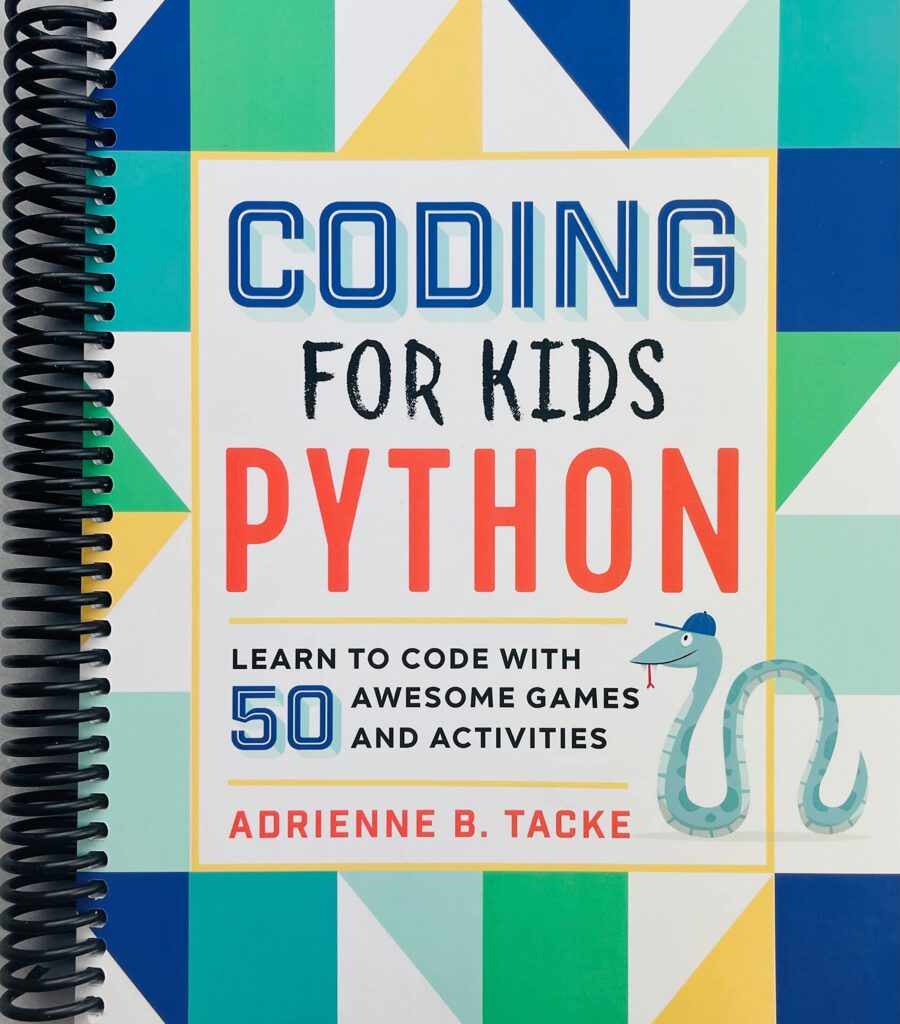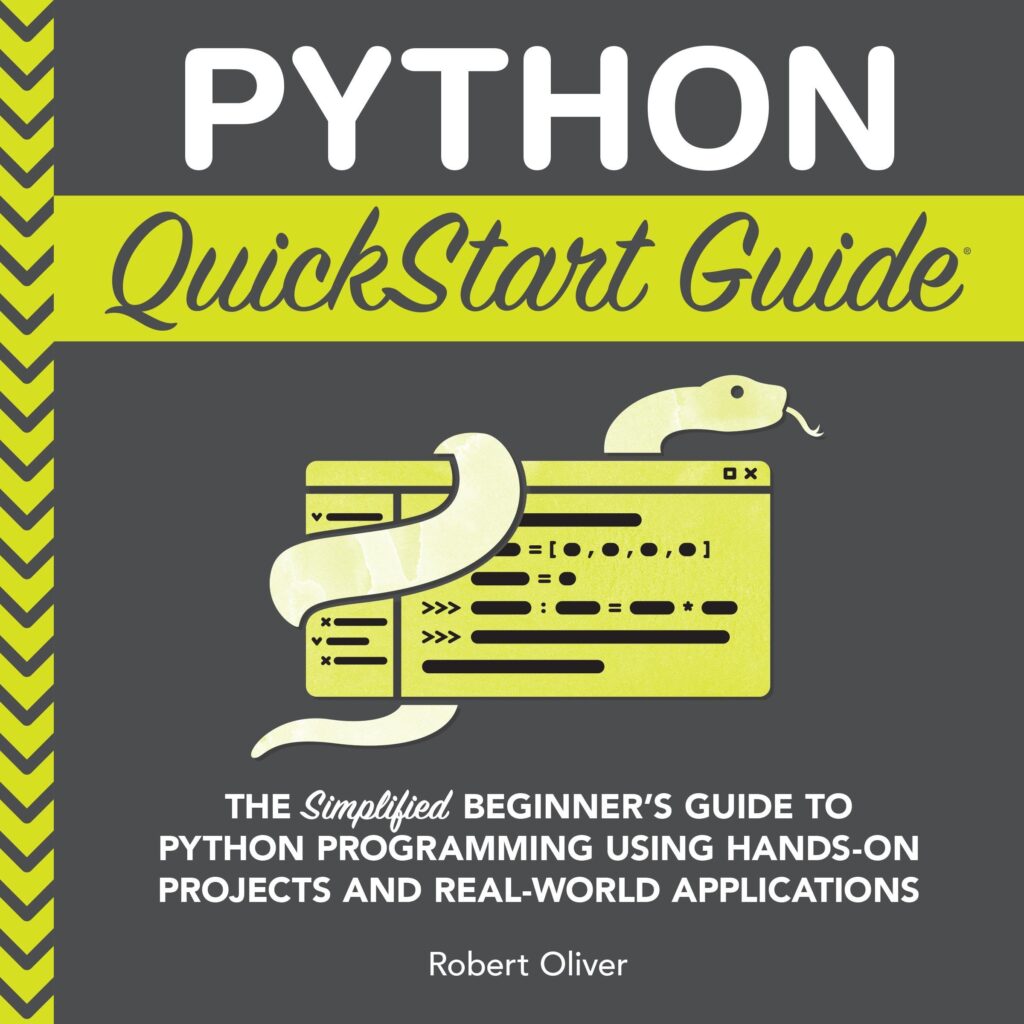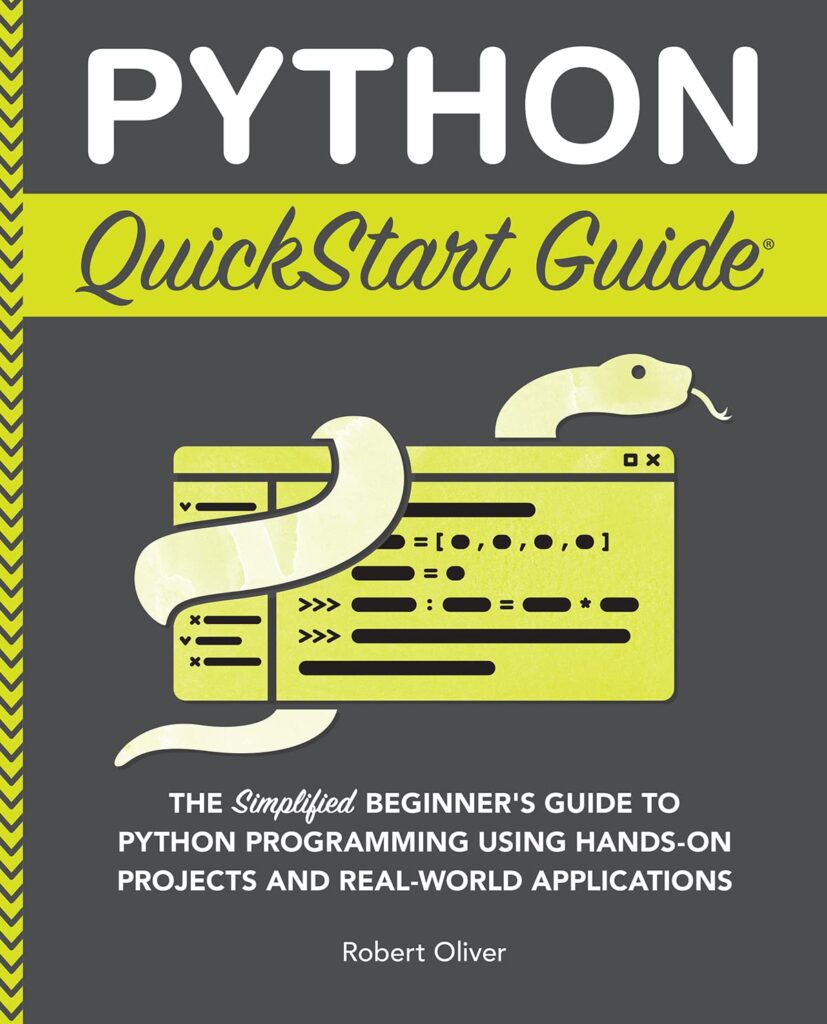
In the context of machine learning and deep learning, the concept of computational graphs serves as a pivotal foundation. TensorFlow, a potent library developed by Google, employs these graphs to facilitate the construction and execution of complex mathematical computations. A computational graph is essentially a directed graph where nodes represent operations (such as addition or multiplication), and edges depict the flow of data (specifically tensors) between these operations.
Understanding TensorFlow’s Computational Graphs
To comprehend how TensorFlow utilizes computational graphs, one must first recognize the significance of tensors. Tensors are multi-dimensional arrays that constitute the primary data structure in TensorFlow. When we construct a computational graph, we define a series of operations on these tensors, which the TensorFlow runtime subsequently optimizes and executes.
Each node in the graph corresponds to a specific operation, while the edges symbolize the relationships between these operations, indicating the input and output tensors. This structure enables TensorFlow to evaluate complex expressions efficiently, as it can perform operations in parallel and leverage optimizations inherent in graph execution.
The Anatomy of a Computational Graph
Let’s delve into a simple example to illuminate the essence of computational graphs. Imagine we want to compute the expression z = (x + y) * (x – y). In TensorFlow, we can represent this expression as a graph, where each operation corresponds to a node.
import tensorflow as tf # Define the input tensors x = tf.constant(5) y = tf.constant(3) # Define the operations add = tf.add(x, y) subtract = tf.subtract(x, y) z = tf.multiply(add, subtract) # To visualize the computational graph, we can print the operations print(z)
In this snippet, we create two constant tensors x and y. The tf.add and tf.subtract functions create nodes for addition and subtraction, respectively. Finally, the tf.multiply function unites these results into a single output node z.
Benefits of Computational Graphs
One of the remarkable advantages of using computational graphs is that they allow for deferred execution. This means that TensorFlow constructs the graph first and executes it later, which provides the flexibility to optimize the execution process based on the entire graph’s structure. Furthermore, this design promotes modularity, allowing developers to break down complex computations into smaller, manageable operations.
Visa $100 Gift Card (plus $5.95 Purchase Fee)
$105.95 (as of December 9, 2025 08:32 GMT +00:00 - More infoProduct prices and availability are accurate as of the date/time indicated and are subject to change. Any price and availability information displayed on [relevant Amazon Site(s), as applicable] at the time of purchase will apply to the purchase of this product.)Creating Nodes and Edges in a Graph
To create a computational graph in TensorFlow, one begins by establishing nodes that represent operations and edges that signify the data flow between these operations. TensorFlow provides a range of functions to facilitate the creation of these nodes, allowing for various mathematical operations to be expressed succinctly.
When we talk about nodes, we refer to the operations that can be performed on tensors. For instance, operations can include basic arithmetic, such as addition and multiplication, as well as more complex functions like matrix multiplication or activation functions in neural networks. Each operation produces an output tensor, which may serve as an input for subsequent operations.
In TensorFlow, edges are implicit in the way we define these operations. When we perform a calculation, the output of one operation becomes the input to another through the interlinking of nodes. This structure allows TensorFlow to understand the dependencies between operations, ensuring that calculations are performed in the correct order.
To illustrate the creation of nodes and edges in a computational graph, let us ponder a more intricate example that involves multiple operations:
import tensorflow as tf # Define the input tensors a = tf.constant(2) b = tf.constant(3) c = tf.constant(5) # Create nodes for operations add_ab = tf.add(a, b) # Node for addition multiply_ab = tf.multiply(add_ab, c) # Node for multiplication with a third tensor subtract_c = tf.subtract(multiply_ab, b) # Node for subtraction # The final output node output = tf.identity(subtract_c) # To visualize the operations in our computational graph print(output)
In this example, we define three constant tensors: a, b, and c. The first operation is an addition of a and b, creating a node named add_ab. This result is then multiplied by c, forming the multiply_ab node. Following that, we subtract b from the product, which correlates to the subtract_c node. Finally, we encapsulate the result in an output node using tf.identity, which serves merely to pass the value through.
It’s essential to understand that while this example appears simple, computational graphs can scale to accommodate significantly more complex operations. As we build larger graphs, the relationships between nodes become increasingly intricate, yet TensorFlow maintains the clarity of these connections through its structured approach to graph building.
This modularity and clarity support the debugging process, as each operation can be individually inspected and modified without disrupting the overall graph structure. Additionally, by separating the definition of the graph from its execution, TensorFlow offers enhanced performance optimizations that would be challenging to achieve in a more linear computational approach.
Manipulating Tensors and Variables
In the exploration of TensorFlow, it is imperative to delve into the manipulation of tensors and variables, which forms the bedrock of any meaningful computation within the framework. Tensors, as previously established, are the fundamental data structures that encapsulate the data being processed. Variables, on the other hand, serve as mutable tensors whose values can be altered during the execution of a computational graph. This distinction very important, as it allows for the representation of dynamic data, which is often necessary in machine learning contexts.
To manipulate tensors effectively, one must first understand that TensorFlow provides a rich set of operations that allow for a wide array of mathematical computations. These operations can be categorized into several types: element-wise operations, reductions, and matrix operations. Each of these categories plays a significant role in transforming and analyzing data.
Element-wise operations, as the name implies, perform computations on corresponding elements of tensors. These include basic arithmetic operations such as addition, subtraction, multiplication, and division. For example, think the following snippet that demonstrates element-wise addition between two tensors:
import tensorflow as tf # Define two constant tensors tensor_a = tf.constant([1, 2, 3]) tensor_b = tf.constant([4, 5, 6]) # Perform element-wise addition result_addition = tf.add(tensor_a, tensor_b) # Display the result print(result_addition.numpy()) # Output: [5 7 9]
In this example, we create two constant tensors, tensor_a and tensor_b, and apply the tf.add function to perform element-wise addition. The result, a new tensor containing the sums of the corresponding elements, is then printed.
Beyond simple arithmetic, TensorFlow also provides reduction operations, which aggregate tensor values into a single value. For instance, the tf.reduce_sum function can be used to compute the sum of all elements in a tensor:
# Compute the sum of all elements in tensor_a total_sum = tf.reduce_sum(tensor_a) # Display the total sum print(total_sum.numpy()) # Output: 6
In the example above, we apply tf.reduce_sum to tensor_a, resulting in the aggregate value of its elements. Such operations are invaluable in scenarios where summarizing data is essential, such as when calculating loss during training in machine learning models.
Matrix operations also play a fundamental role in manipulating tensors, particularly in the context of neural networks. For instance, think the matrix multiplication operation, which is pivotal in transforming input data through layers of a neural network. The tf.matmul function can be employed for this purpose:
# Define two matrices
matrix_a = tf.constant([[1, 2], [3, 4]])
matrix_b = tf.constant([[5, 6], [7, 8]])
# Perform matrix multiplication
result_multiplication = tf.matmul(matrix_a, matrix_b)
# Display the result
print(result_multiplication.numpy()) # Output: [[19 22]
# [43 50]]
Here, matrix_a and matrix_b are multiplied using tf.matmul, yielding a new matrix that captures the linear transformation represented by the multiplication. Such operations are foundational to the computations underlying deep learning models.
Another significant aspect of TensorFlow is the handling of variables. Variables are defined using tf.Variable, which allows for the modification of their values during graph execution. That’s particularly useful in training models, where weights and biases need to be updated iteratively. Consider the following example:
# Define a variable
weights = tf.Variable(tf.random.normal([2, 2]), name='weights')
# Display initial weights
print("Initial weights:n", weights.numpy())
# Update the variable
weights.assign(tf.random.normal([2, 2]))
# Display updated weights
print("Updated weights:n", weights.numpy())
In this snippet, we initialize a variable called weights with random values and subsequently update it with new random values. This mutable nature of variables is what enables the iterative training process in machine learning.
Executing the Graph: Session Management
When it comes to executing a computational graph in TensorFlow, the idea of a session is paramount. A session is the context within which operations are executed. By default, TensorFlow allows for the creation of a graph, but it necessitates a session to run that graph and evaluate the nodes. This separation between graph construction and execution is a fundamental aspect of TensorFlow’s design philosophy, allowing for the optimization of computations before they are actually run.
In earlier versions of TensorFlow, the tf.Session class was utilized to manage sessions explicitly. However, with the introduction of TensorFlow 2.x, eager execution became the default mode of operation, simplifying the process significantly. This shift means that operations are executed immediately as they are called from Python, thereby eliminating the need for explicit session management in many common scenarios.
Nevertheless, understanding how to manage sessions remains essential, especially for those who work with TensorFlow in more complex environments or when performance optimizations are desired. Ponder the following example, which illustrates the traditional approach to executing a graph using sessions:
import tensorflow as tf
# Define the computational graph
x = tf.constant(5)
y = tf.constant(3)
z = tf.multiply(x, y)
# Create a session to execute the graph
with tf.Session() as sess:
result = sess.run(z)
print("The result of z = x * y is:", result) # Output: 15
In this snippet, we begin by constructing a simple graph with constants x and y, and an operation that multiplies them. The tf.Session() context manager is then used to create a session where the graph is executed. By invoking sess.run(z), we trigger the execution of the multiplication operation and retrieve the result.
As we venture into TensorFlow 2.x, eager execution simplifies the process significantly:
import tensorflow as tf
# Define the computational graph
x = tf.constant(5)
y = tf.constant(3)
z = tf.multiply(x, y)
# Execute the graph directly
result = z.numpy()
print("The result of z = x * y is:", result) # Output: 15
In this modern example, the graph is executed directly without requiring a session. The numpy() method is called to convert the tensor result into a NumPy array for easy interpretation. This new paradigm enhances usability, streamlining the workflow for developers while retaining the power of TensorFlow.
However, there are instances where one may still wish to use sessions, particularly when dealing with resource management or when employing TensorFlow’s distribution capabilities. For example, in distributed training scenarios, managing sessions becomes crucial for efficiently allocating resources. Here’s how you might approach this:
import tensorflow as tf
# Define a computational graph with variables
a = tf.Variable(tf.random.normal([2, 2]), name='a')
b = tf.Variable(tf.random.normal([2, 2]), name='b')
c = tf.matmul(a, b)
# Create a session for execution
with tf.Session() as sess:
sess.run(tf.global_variables_initializer()) # Initialize variables
result = sess.run(c) # Execute the graph
print("The result of matrix multiplication is:n", result)
This example illustrates the initialization of variables within a session. After defining variables a and b, we use sess.run(tf.global_variables_initializer()) to initialize all variables before executing the matrix multiplication operation. This step is necessary because TensorFlow requires that all variables be initialized within the session before they can be used.
Optimizing Graph Performance and Debugging Techniques
In the intricate landscape of TensorFlow, optimizing graph performance and employing effective debugging techniques is paramount for achieving efficient computations and resolving potential issues that surface during model development. The optimization process focuses on enhancing the execution speed and resource utilization of the computational graphs, while debugging techniques provide insights into the graph’s operations and help identify areas that may require adjustments.
One of the key strategies for optimizing computational graphs in TensorFlow is graph pruning. This technique involves eliminating unnecessary nodes and operations that do not contribute to the final output. By streamlining the graph, one can significantly reduce the computational overhead. For instance, if certain operations are found to be redundant or if specific branches of the graph do not impact the primary calculations, they can be removed without altering the overall functionality.
import tensorflow as tf # Define a redundant operation x = tf.constant(4) y = tf.constant(2) redundant_operation = tf.add(x, y) # This operation may not be necessary # Main operation that uses 'x' result = tf.multiply(x, x) # When optimizing, we can choose to eliminate the redundant_operation # Here, we simply focus on the main operation print(result.numpy()) # Output: 16
Another vital aspect of performance optimization is graph execution through TensorFlow’s XLA (Accelerated Linear Algebra) compiler. XLA can compile TensorFlow graphs into highly optimized machine code, which can lead to improved execution speed. To leverage XLA, one can use the tf.function decorator, which transforms a Python function into a callable TensorFlow graph. This transformation allows TensorFlow to optimize the computation effectively.
@tf.function
def optimized_function(x, y):
return tf.multiply(x, y)
# Using XLA for optimization
x = tf.constant(4)
y = tf.constant(2)
result = optimized_function(x, y)
print(result.numpy()) # Output: 8
In addition to performance enhancements, debugging techniques play an important role in the TensorFlow workflow. The tf.print function serves as a powerful tool for inspecting tensor values at various points in the graph’s execution. Unlike the standard print function, tf.print is integrated into the TensorFlow graph and seamlessly provides output during execution without disrupting the flow of computations.
import tensorflow as tf
@tf.function
def debug_function(x):
# Intermediate tensor
y = tf.add(x, 1)
tf.print("Intermediate value of y:", y) # Debugging output
return tf.multiply(y, 2)
x = tf.constant(5)
result = debug_function(x)
print("Final result:", result.numpy()) # Output: Final result: 12
Moreover, TensorFlow’s visualizations through TensorBoard provide an invaluable resource for debugging. By logging the computational graph and its metrics, developers can visualize the operations, tensor flow, and even monitor performance statistics during training. This graphical representation assists in pinpointing bottlenecks or unexpected behavior within the model.
Another effective debugging strategy involves using assertions within the graph. The tf.debugging module offers a suite of functions that can verify tensor properties, such as ensuring that tensors are not NaN or checking for shape compatibility. These assertions act as safeguards, alerting developers to issues before they propagate through the graph and lead to erroneous results.
import tensorflow as tf
def safe_operation(x, y):
tf.debugging.assert_positive(x, message="x should be positive")
tf.debugging.assert_positive(y, message="y should be positive")
return x + y
x = tf.constant(5)
y = tf.constant(3)
result = safe_operation(x, y)
print(result.numpy()) # Output: 8








